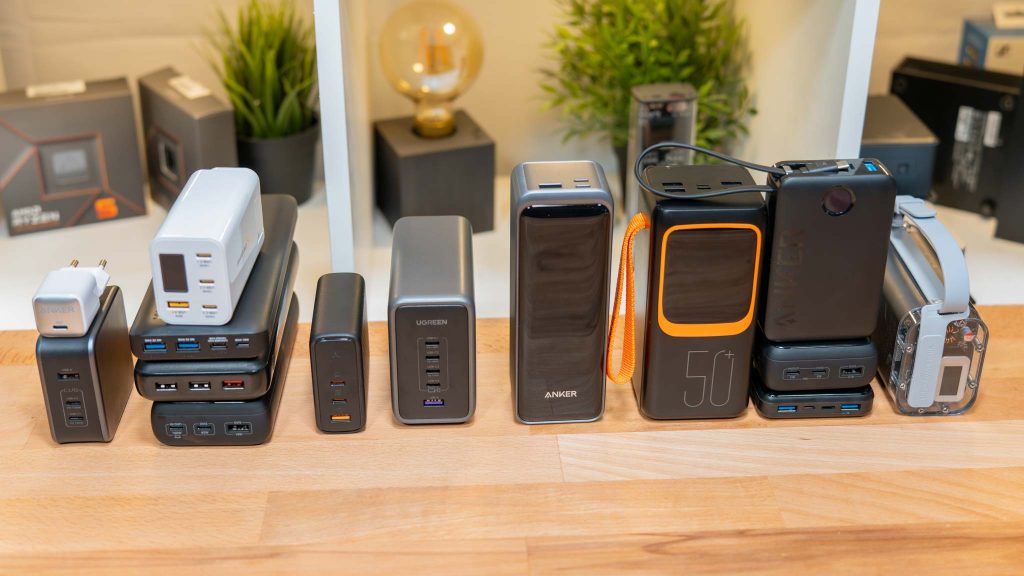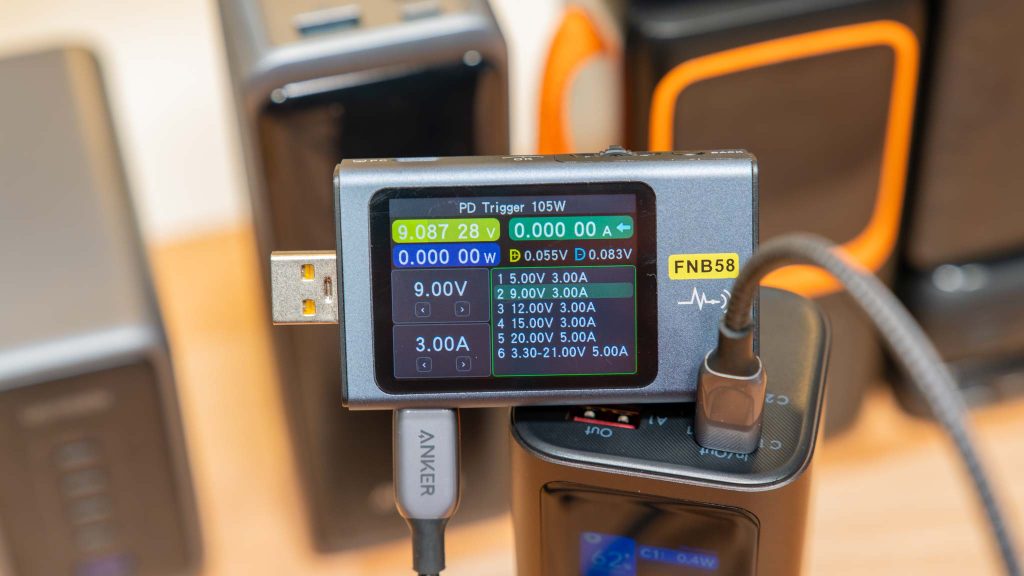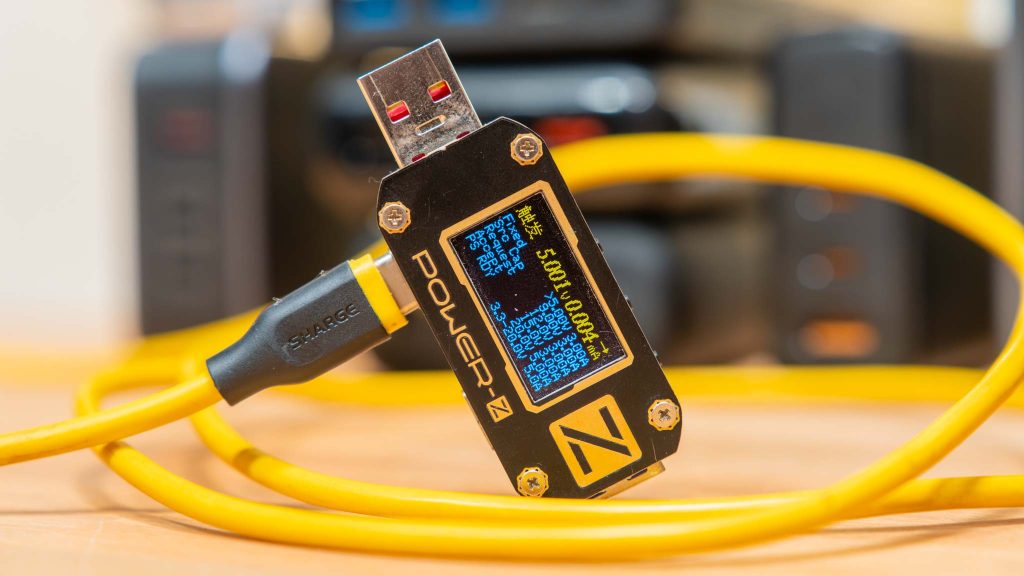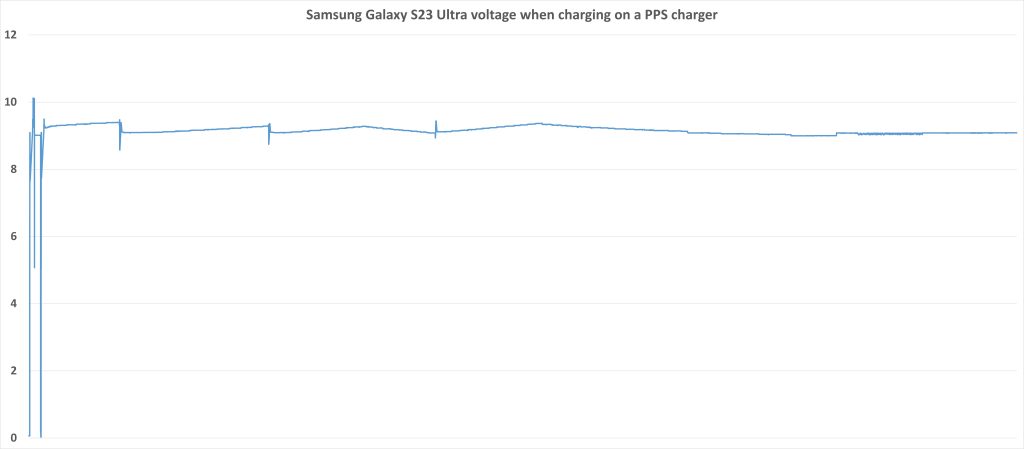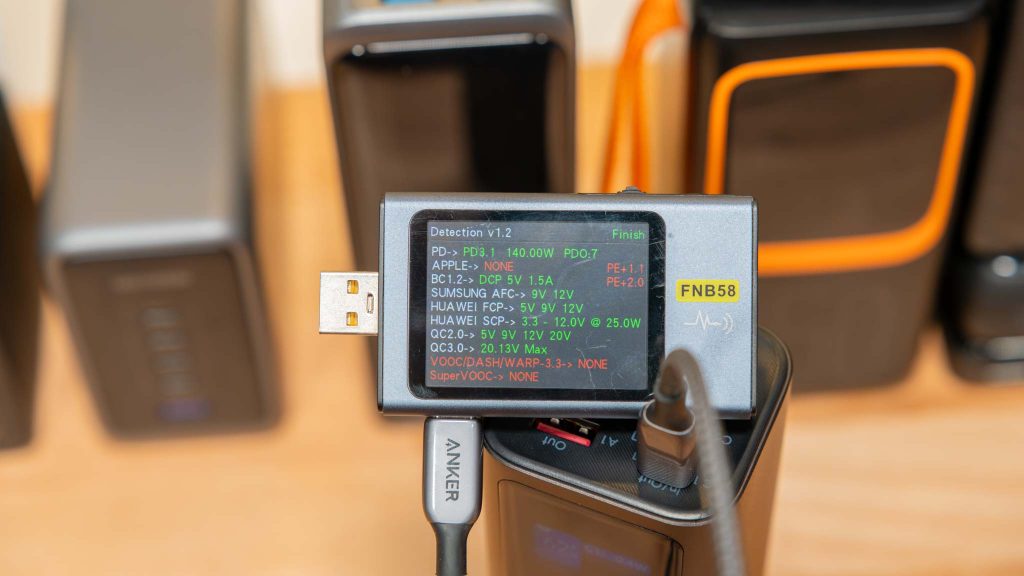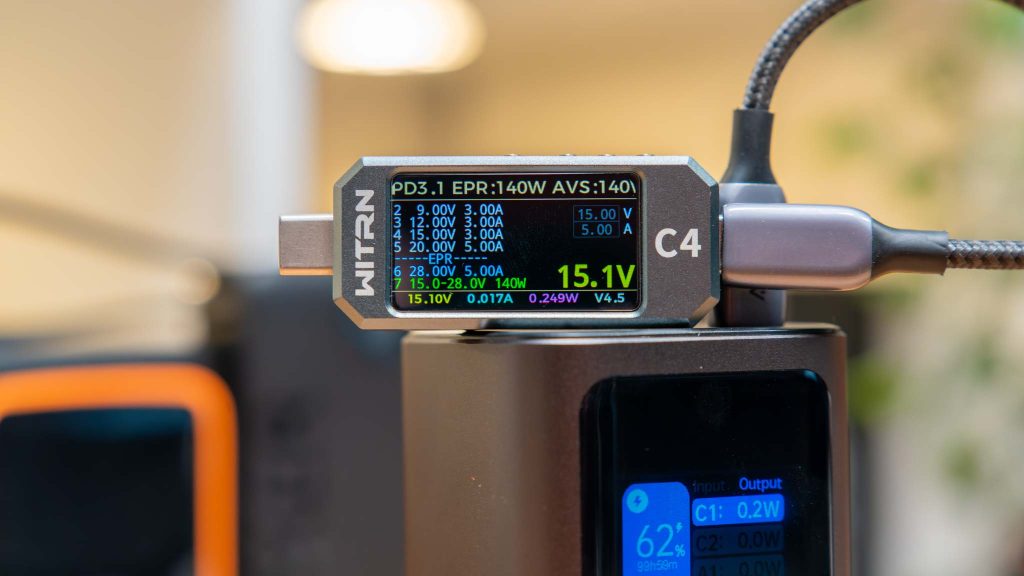All USB-C chargers and power banks should adhere to the USB Power Delivery charging standard. This is also mandated by the EU.
Theoretically, this allows Apple iPhones, Samsung Galaxys, various notebooks, etc., to be charged using the same charger. However, in practice, it’s not that straightforward because USB-C chargers and power banks come in various configurations. You can find chargers with different power ratings like 18W, 20W, 30W, 45W, 60W, 100W, etc.
However, despite these different power outputs, these chargers fundamentally rely on the same charging standard, USB PD. But within the USB PD standard, there are two optional extensions that are extremely important but often discussed less.
I’m referring to the PPS (Programmable Power Supply) and AVS (Adjustable Voltage Supply) extensions. Let’s delve into what these two standards do and their significance in this article!
USB PD Standard Basics
USB Power Delivery is a standard governing power transmission through USB-C connections.
The “classic” USB Power Delivery standard allows a maximum power delivery of up to 100W through USB-C. It’s important to note “up to” because USB-C chargers can also provide less power. Common power ratings include 18W, 20W, 30W, 45W, 60W, 65W, 100W.
Underneath, USB Power Delivery utilizes various voltage levels. Regular USB A connections support only 5V. To enhance power transmission, voltage levels have been increased in different stages:
5V
9V
12V
15V
20V
A USB PD charger doesn’t have to support all these levels, but larger chargers usually do.
The charger and your smartphone/notebook negotiate and automatically determine which voltage level to use. You don’t need to set anything manually.
Ideally, up to 5A can be delivered per power level. However, it’s typical to have 3A for all levels below 20V, and only larger chargers support 20V at 5A to reach the full 100W.
What is PPS?
PPS, or Programmable Power Supply, is an optimal extension of the USB Power Delivery standard. Not every charger or power bank needs to support PPS.
But what does PPS do? The regular USB Power Delivery standard has fixed voltage levels: 5V, 9V, 12V, 15V, 20V.
PPS allows dynamic control within a certain range. Ideally, a PPS charger can supply 3.3 – 21V. If your smartphone supports PPS, it can select any voltage within 3.3 – 21V, which the charger would then deliver.
For example, if your smartphone requires 7.4V for optimal charging, a PPS charger could supply exactly that. If it needs 8.5V, that can also be provided. The voltage can be constantly optimized during the charging process.
PPS aims to enhance charging speed and efficiency.
Besides voltage, the current is also crucial with PPS. Alongside the voltage range (e.g., 3.3 – 21V), there’s a specified power limit like “up to 3A” or “up to 5A.”
PPS is independent of power levels
Important to note: Not every charger or power bank supports PPS! PPS is entirely optional for both smartphones and chargers.
Moreover, if a charger supports PPS, it doesn’t directly correlate to the charger’s power output. A 100W charger doesn’t necessarily need to have a “full” PPS level (3.3 – 21V at up to 5A).
A 100W charger could have a smaller PPS level.
How do I identify if a power bank has PPS or not?
Unfortunately, it’s usually not visibly evident whether a power bank supports PPS unless the manufacturer explicitly states it, which many manufacturers don’t.
Moreover, the absence of a statement doesn’t guarantee the lack of PPS support.
Newer models typically support PPS, but it’s not always certain.
My suggestion is to check the power bank tests at Techtest.org; they often mention PPS support.
PPS in Practice
The most prominent users of the PPS standard are likely the newer Samsung Galaxy smartphones.
For instance, the Samsung Galaxy S23 Ultra’s charging speed without PPS is limited to up to 14W. If a charger supports PPS within the appropriate range, the S23 Ultra can charge at up to 45W.
Yes, a 100W charger without PPS might only charge the S23 Ultra at a maximum of 14W, not faster.
In practice, PPS is often utilized as a “trick” to limit charging speed on certain chargers—at least, that’s my assumption.
Which devices utilize PPS?
The following devices are known to use PPS:
Google Pixel 6
Google Pixel 6 Pro
Google Pixel 7
Google Pixel 7 Pro
Google Pixel 8
Google Pixel 8 Pro
Samsung Galaxy S21 Series
Samsung Galaxy S22 Series
Samsung Galaxy S23 Series
There are likely more devices actively using PPS, but these are the ones I know of.
Now, up to 240W thanks to USB PD 3.1
In the “classic” version of the USB Power Delivery standard, the maximum was 100W, i.e., 20V and 5A (20V * 5A = 100W).
However, the USB PD standard was expanded beyond 100W in version 3.1 to reliably power larger devices like notebooks.
However, the current (amperage) wasn’t increased; instead, the voltage levels were expanded. Therefore, a USB PD 3.1 charger in its full configuration offers the following voltages:
5V
9V
12V
15V
20V
28V
36V
48V
48V at 5A, which are still the maximums, yields 240W.
What is AVS?
AVS, or Adjustable Voltage Supply, is PPS but for power levels above 100W. It works similarly to PPS but at higher voltages.
Just like PPS, it allows the voltage to be adjusted within a certain range, e.g., 15 – 28V or 15 – 48V. This is intended to improve charging efficiency and speed.
A charger or power bank can support both AVS and PPS, which makes sense!
Which devices currently support AVS?
As of the end of 2023, I’m not aware of any devices that use AVS. Currently, I only know of the AMEGAT Powerbank 140W 27600mAh that offers AVS among power banks.


